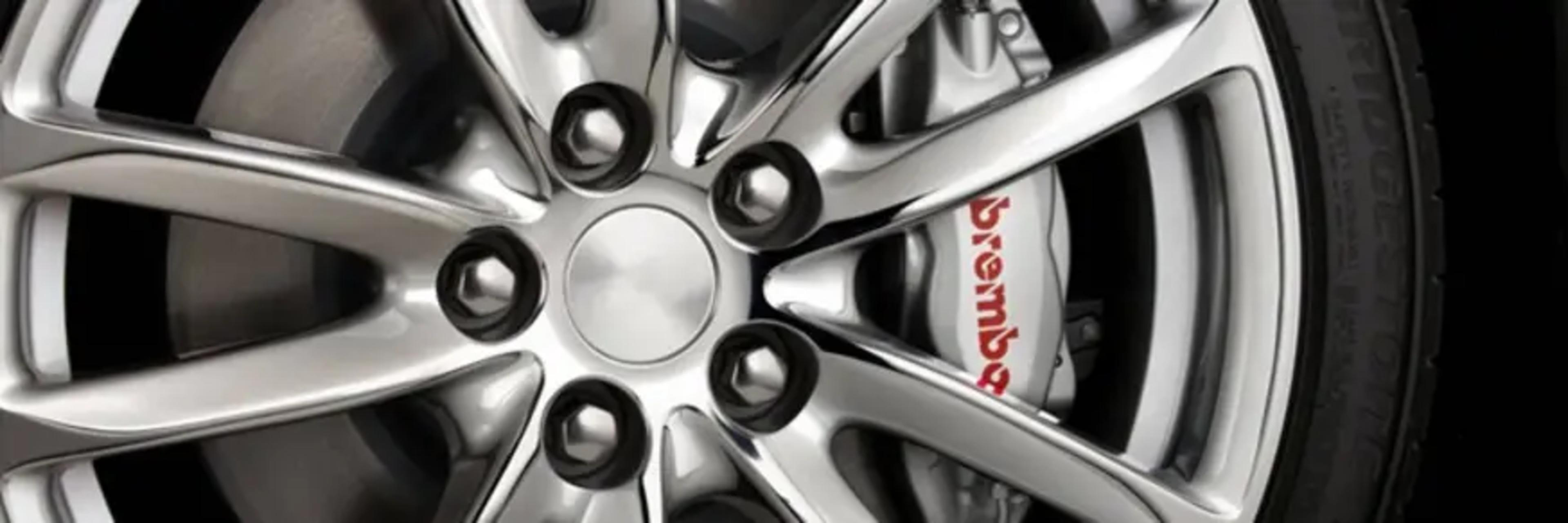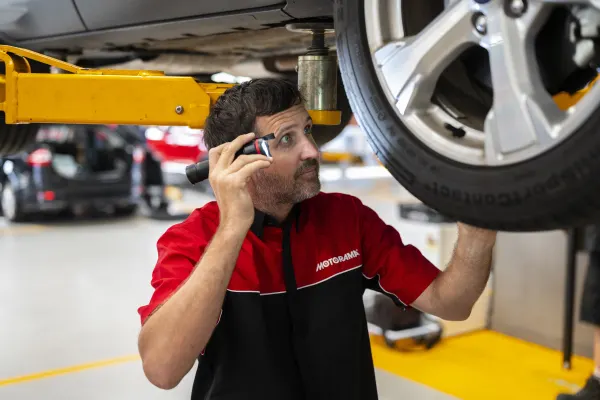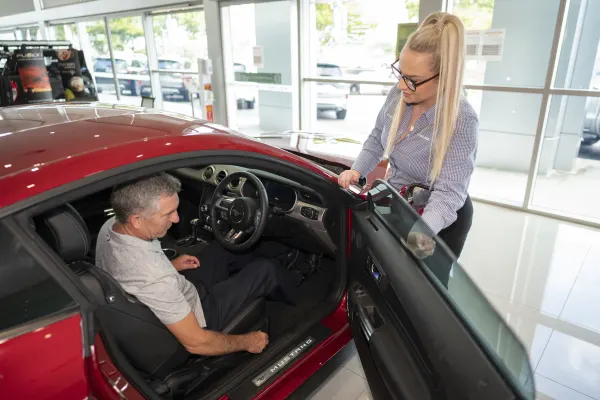
How to Spot Braking Issues
Posted in Servicing Insights
How to Spot Braking Issues
Our car's brakes are some of the most important mechanisms we use on a daily basis, allowing us to slow down, stop and preventing us from getting into accidents. That's why it's so important to keep up a dedicated maintenance routine, with regular appointments at your local car service centre to ensure they are in top condition.
If you notice any brake irregularities or issues outside of your regular services, make sure you take your vehicle down to be checked out as quickly as possibly - it could make all the difference in preventing an accident. Here's what to look out for.
BRAKE DRAG
If you notice your car pulling to one side, especially when brakes are applied, you could have a problem on your hands. Your service technician should raise the vehicle and spin each wheel by hand to check for excessive drag that could be caused by caliper sticking, a sticky or frozen piston or an overfilled fluid reservoir that doesn't allow caliper pistons to retract when you brake. Other possible causes of this could be weak brake drum return springs, misadjusted drum or parking brakes or parking brake pedal switch. Brakes may need to be repaired or simply adjusted to rectify this.
For those cars that pull to the side only when brakes are applied, the problem may not be due to misalignment, but rather unequal braking. This is when the stronger front brakes pulls the vehicle to one side, away from the side of the weaker or inoperative brake. The problem is usually due to a sticking floating caliper or frozen caliper piston, along with the use of different brake linings side to side and fluid leaks. Worn, loose control arm or stunt rob bushings also cause alignment changes when braking, and should be inspected and repaired as necessary.
SPONGY BRAKES
How your brakes feel under foot is a key indicator of their health. Ideally, your pedal should feel firm throughout your drive, becoming more firm the longer you press it. If you find yourself in a situation where you have to apply the brakes very quickly, the pedal should be at its firmest.
When your car's engine isn't running, your brakes should feel hard and resist pressure. If you can press your brake pedal to the floor while the engine's off, this could be a sign of an issue. The most probable causes are leaking fluid due to a breach in the brake system or air in the brake lines. If you've run out of brake fluid you may notice spongy pedals, so make sure you keep an eye on this. Fluid on the ground near a wheel is a sure sign of a leak.

BRAKE WARNING LIGHT
Most modern cars have at least one brake warning light on the dashboard. When you first turn your key in the ignition, all lights on the dashboard should illuminate and then go out a few seconds after. If any of these lights remain on, it's your car's way of telling you there's a problem. An illuminated brake light can warn you that your hand brake is still on, and will go away when this is released. However, it can also suggest a more sinister problem, such as a loss of brake pressure in half of the brake system.
SQUEALING BRAKES
Squealing brakes can indicate worn brake pads, where the friction material has gone and the backing plate is becoming jammed against the brake rotor. It may also be a sign of a poorly fitting brake pad that will need to be moved into alignment with the calliper piston.
If you suspect that you might have some issues with your brakes, we can check them out for you at Motorama with one of our trained mechanics. CLICK HERE


